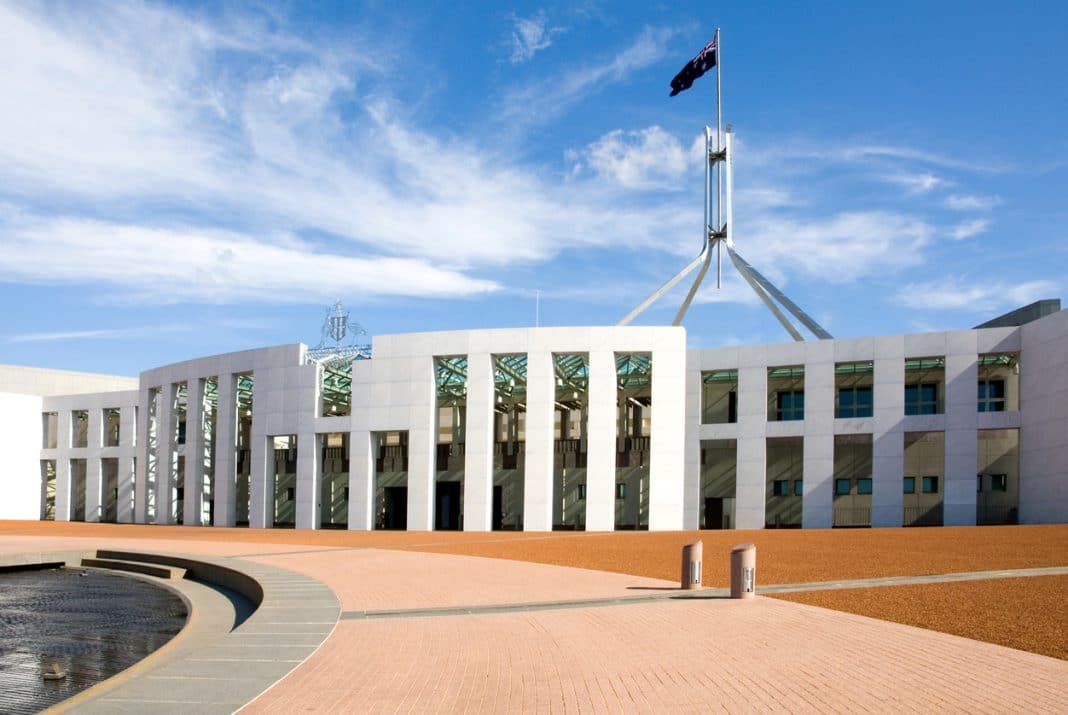Some government payments will increase on 1 January in line with indexation. Federal Minister for Families and Social Services, Senator Anne Ruston, said the payment boost would help more than 1 million recipients of youth, student, and carer allowances keep up with changes in the cost of living – but the ACT Council of Social Service (ACTCOSS) believes the increases are inadequate, and will not lift people out of poverty.
Payment rates are adjusted in line with CPI movements over a 12-month period. The indexation rate of 3.5 per cent is the highest since 2012, Senator Ruston said.
JobSeeker will increase by $38.33, from $1,275.34 to $1,313.67.
The rate of Youth Allowance for young people living away from home will increase by $17.90, from $512.50 to $537.40 per fortnight. For those aged 18 or over living at home, it will increase by $12.40, from $354.60 to $67.00 per fortnight.
Austudy for older students will increase by $17.90, from $512.50 to $530.40 per fortnight. For singles with children, the rate will increase from $656 by $23 to $679 per fortnight.
Carer Allowance (which supports people who care for someone with a disability, medical condition, or a frail aged adult) will increase from $131.90 by $4.60 to $136.50 per fortnight.
Assistance for Isolated Children, Youth Disability Support Pension, Mobility Allowance, Double Orphan Pension, and additional child amounts paid under some social security agreements, will also increase.
A full list of new rates and thresholds is available online.
Senator Ruston said indexation was an integral part of the social security safety net.
“This is putting money in the pockets of Australians who rely on our social security system and ensuring they maintain their purchasing power,” she said.
For many payments, this indexation builds on April’s $50 per fortnight permanent increase to the rate of a range of income support payments, including JobSeeker – the largest permanent increase in the unemployment benefit since the 1980s, but also criticised at the time for being too low.
Today, Dr Emma Campbell, CEO of ACTCOSS, said: “The Australian Government’s indexation of Youth Allowance and JobSeeker to the CPI is inadequate and is locking people into poverty.
“We need to see two things: a permanent increase in these payments above the poverty line; and indexation of payments in line with wage movements at least twice per year. This would bring indexation for these payments in line with the Age Pension and Disability Support Pension.”
As it stands, Dr Campbell said, these working age social security payments remain well below the poverty line of $457 per week. Youth Allowance is indexed annually on 1 January. With this indexation, in 2022, the base rate for a single adult on Youth Allowance would be just $265 per week – $192 per week below the poverty line. JobSeeker is adjusted twice a year, usually in March and September. At present, the base rate for a single adult on JobSeeker is around $315 – $142 per week below the poverty line.
Through the Raise the Rate for Good campaign, ACTCOSS called on the Australian Government to increase the base rate of JobSeeker payment to at least $69 a day, so everyone can cover the cost of the basics and to index payments in line with wage movements at least twice per year. The campaign also calls for the establishment of a Social Security Commission to advise the Parliament on the ongoing adequacy of income support payments.
ACTCOSS’s annual ACT Cost of Living Reports (see story) show that indexation of these payments to CPI has seen them fall further behind the true cost of living, Dr Campbell said.
A key reason for this, she said, was that the living costs for low-income households had increased disproportionately, due to the fact that more of their income was spent on essential goods and services, and the prices of these essentials had risen at a higher rate than for discretionary items.
“Nowhere has this increasing cost of essentials been clearer and more severe than in relation to housing,” Dr Campbell said.
Canberra is the most expensive capital city to rent in. Earlier this year, Anglicare Australia’s Rental Affordability Snapshot found that there were no affordable rental properties for households receiving JobSeeker, Youth Allowance or the Disability Support Pension.
Last month, Dr Campbell continued, the Rental Affordability Index found that the ACT was the least affordable city for low-income households, including pensioners and student sharehouses. For a single person on JobSeeker, median Canberra rents were extremely unaffordable, accounting for 113 per cnet of their income.
ACTCOSS called for the Federal Government to increase Commonwealth Rent Assistance by 50 per cnet, and for a significant investment in social housing to meet the current shortfall of over 3,000 social housing dwellings.
In their recent submission to the inquiry into the purpose, intent, and adequacy of the Disability Support Pension, ACTCOSS called on the Australian Government to address eligibility and access issues, and to introduce a $50 a week Disability and Illness Supplement in recognition of the additional living costs faced by people with disability. (See story.)
ACTCOSS also called for the establishment of a Single Parent Supplement that recognised the additional costs of single parenthood.



